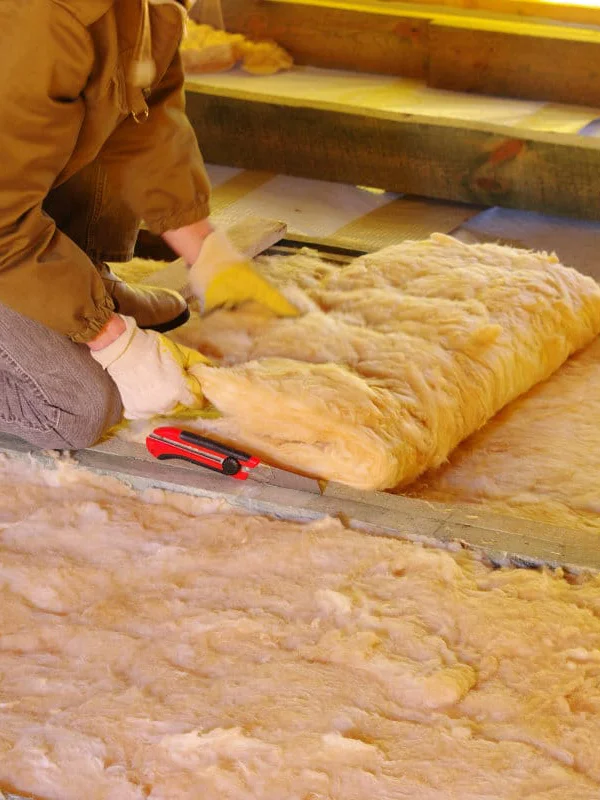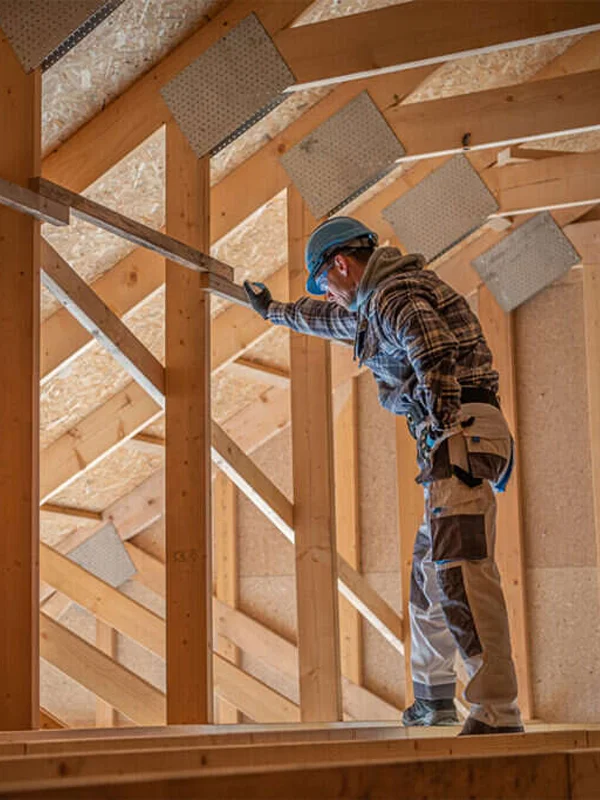Loft Insulation
Loft insulation is crucial for improving energy efficiency and reducing heating costs. Whether you choose a warm roof (insulating both the floor and walls) or a cold roof (insulating just the floor), it helps keep your home comfortable. If you’re converting your loft into a living space, upgrading insulation is essential for both comfort and energy savings. Consider adding acoustic insulation to reduce noise.

Loft Insulation: Warm vs Cold Roof
Before insulating your loft, it's important to decide whether you're aiming for a warm roof or a cold roof. A warm roof means insulating both the loft floor and the roof slope—ideal if you plan to use the loft space. A cold roof only insulates the loft floor, keeping the rooms below warm while the loft itself remains uninsulated.
Choosing the right method depends on how you intend to use the loft. Any loft project should prioritise energy efficiency as the main goal.
- Warm Roof – Insulates both floor and roof, ideal for living spaces.
- Cold Roof – Insulates only the floor, leaving the loft uninsulated.
- Energy Efficiency – Both methods reduce heat loss and improve energy efficiency.
Using the Loft as Living Space?
If you’re converting your loft into a living area, proper insulation becomes even more critical. You'll need to insulate the roof and walls, not just the floor, to maintain comfort. Consider acoustic insulation to reduce noise from footsteps or conversations between floors.
Upgrading existing floor insulation is also a smart move—especially if it's old or unknown in quality. However, be mindful not to raise the floor level too much, as this reduces usable space and headroom. Thin floor insulation and ceiling insulation below the loft are both excellent ways to boost efficiency without compromising the layout.
- Warm Roof Insulation – Crucial for energy efficiency in living spaces.
- Acoustic Insulation – Reduces noise from the loft to the rooms below.
- Floor Insulation – Upgrades to retain heat and enhance comfort.

